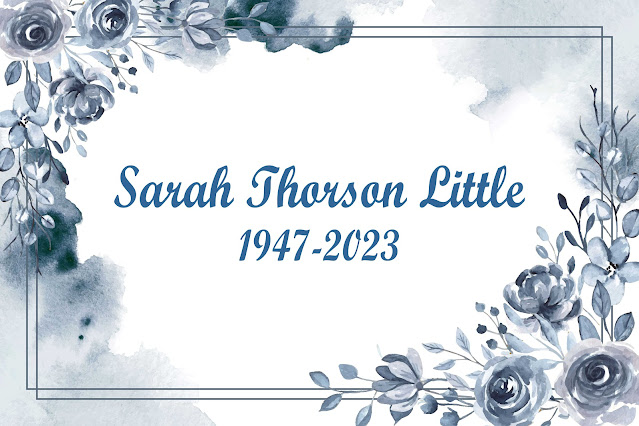When It's Hot, Turn on Your FANs!

Electric Fan Vectors by Vecteezy When it's hot, we get out the fans to cool off. MaryLynn Recently, a submitter on Facebook declared she was going to stop researching individual people and start researching families. She discovered that she had more success by looking for the family first. Most researchers probably reach this conclusion as a necessary research method because it is the way to identify ancestors, especially when common names are involved. Finding Patterns Researching ancestors' siblings can help explain use of given names that do not follow a certain pattern. In my Stowe family, there are two men with the name George Marshall Stowe; one was my grandfather and the other was his uncle. Neither "George" nor "Marshall" had ever been used as given names and Marshall was also not a surname in the family. I had always wondered about the source of the names. One day I decided to look at my 2nd- great-grandmother's siblings and discovered that on...





%20(1).png)
